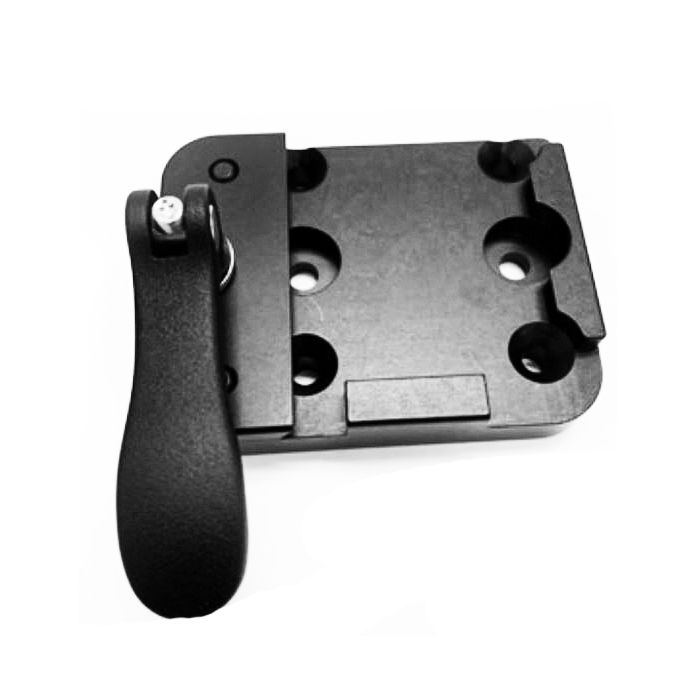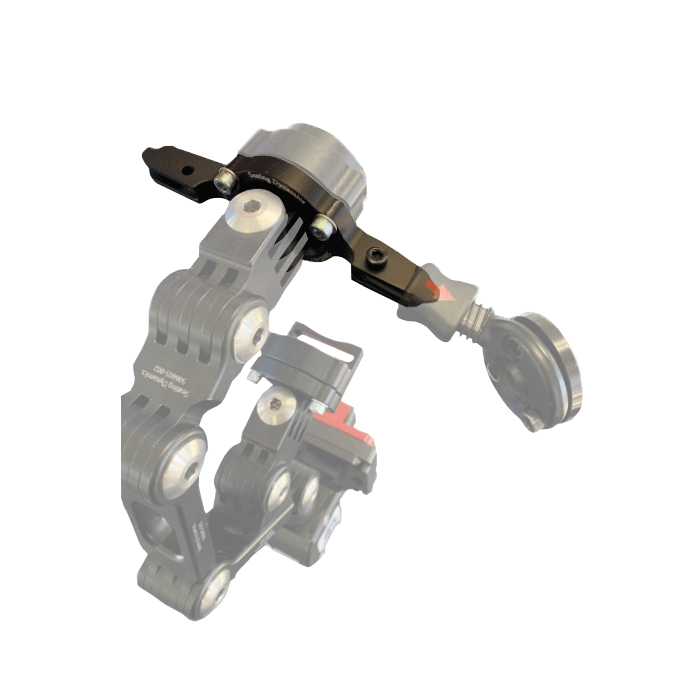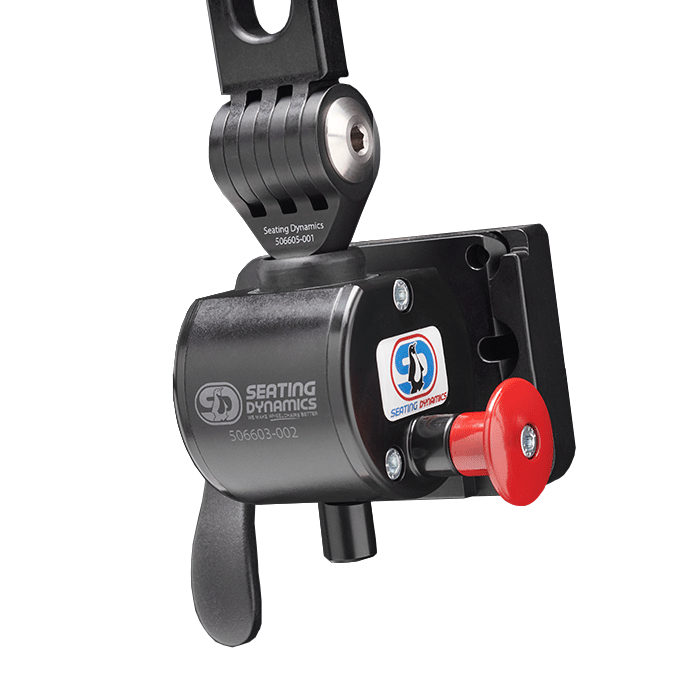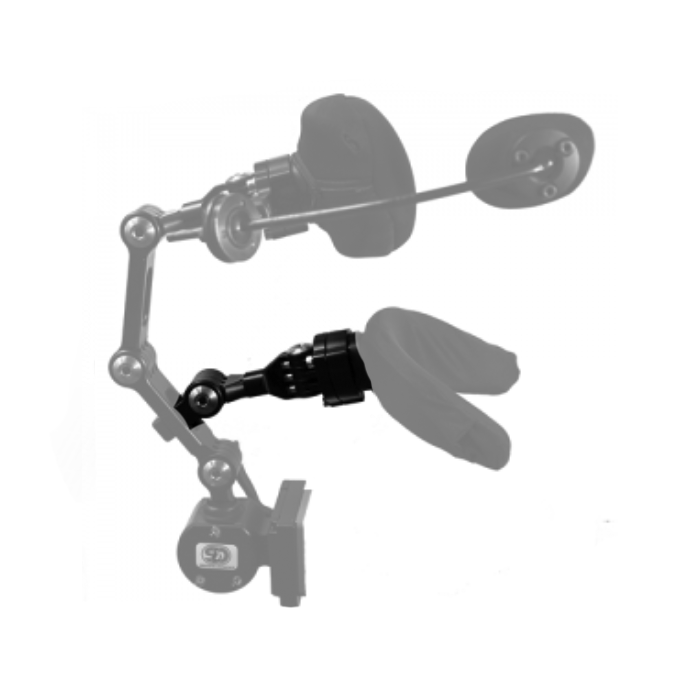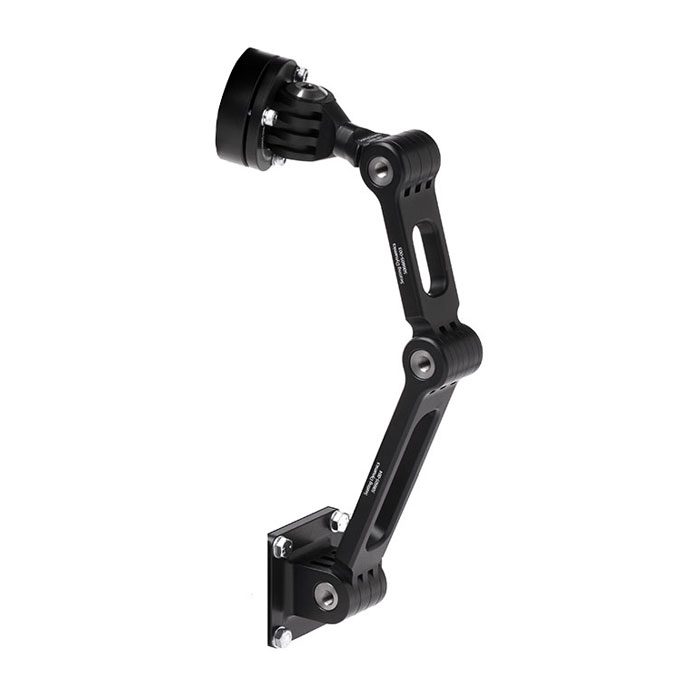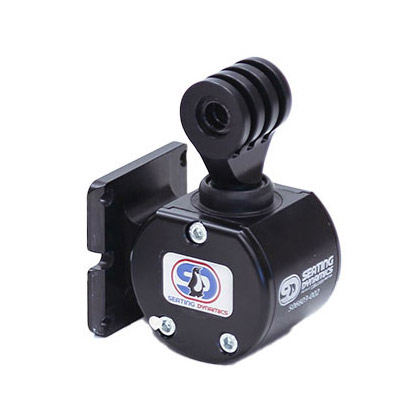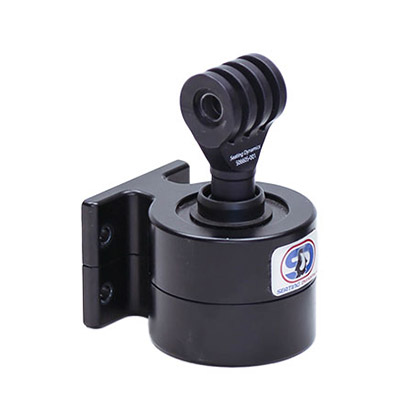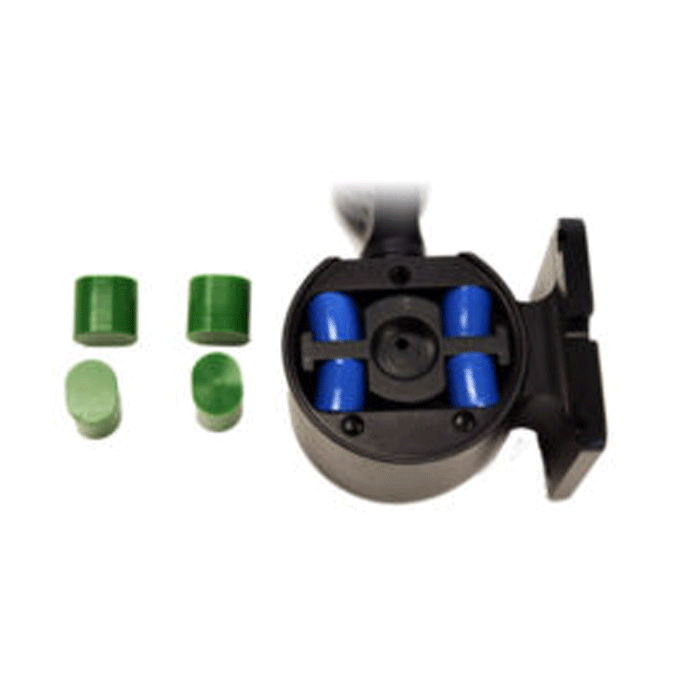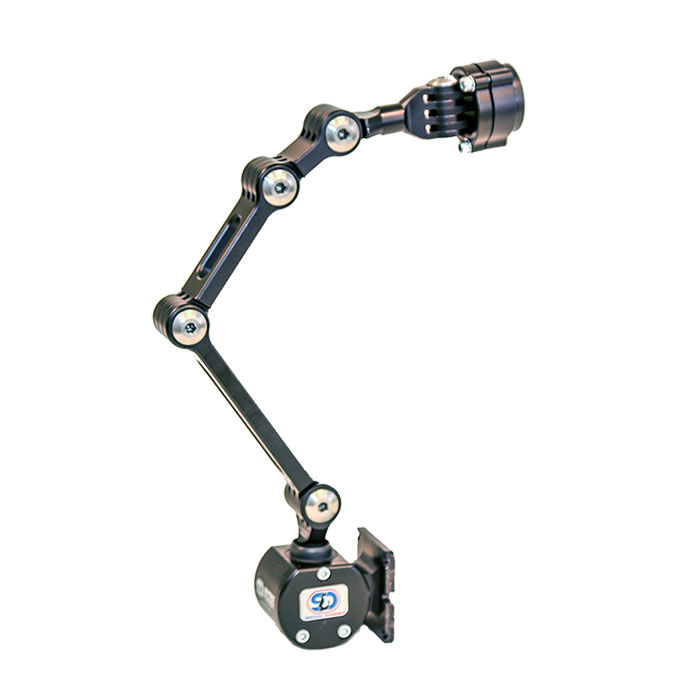Clinical Guidelines for Dynamic Wheelchair Seating: Providing Movement for Sensory Input, Decreasing Agitation, and/or Increasing Alertness – Clients Who Seek out Movement
Dynamic seating provides movement within a wheelchair. When the client moves, the dynamic seating components move with the client, maintaining alignment with the seating system for postural support, skin integrity preservation, and stability. Clients who seek out movement may benefit from dynamic seating. These clients may simply choose to move, stretch, or even rock repeatedly. Dynamic components absorb and diffuse force, protecting both the client and the wheelchair seat and frame from damage (Lange, et al, 2017; Lange, 2016). Providing movement can increase alertness, decrease agitation, and reduce maladaptive behaviors.
Clients with a high threshold sensory processing modulation disorder seek out sensory input, secondary to the inability to detect where their head is in space in relation to gravity within normal sensory parameters. Banging against the back or bouncing on the seat provides increased tactile and vestibular sensory input, providing the client with feedback necessary to calm and quiet their emotional as well as their physical state for postural improvement. Dynamic seating can improve quality of life for many wheelchair users and their caregivers.
This document is designed to provide Clinical Guidelines for the use of Dynamic Seating with clients who seek out movement and /or have behavioral issues. Please refer to our other Clinical Guidelines for additional Dynamic Seating applications.
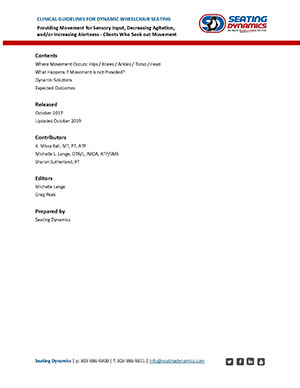
Download a Copy

